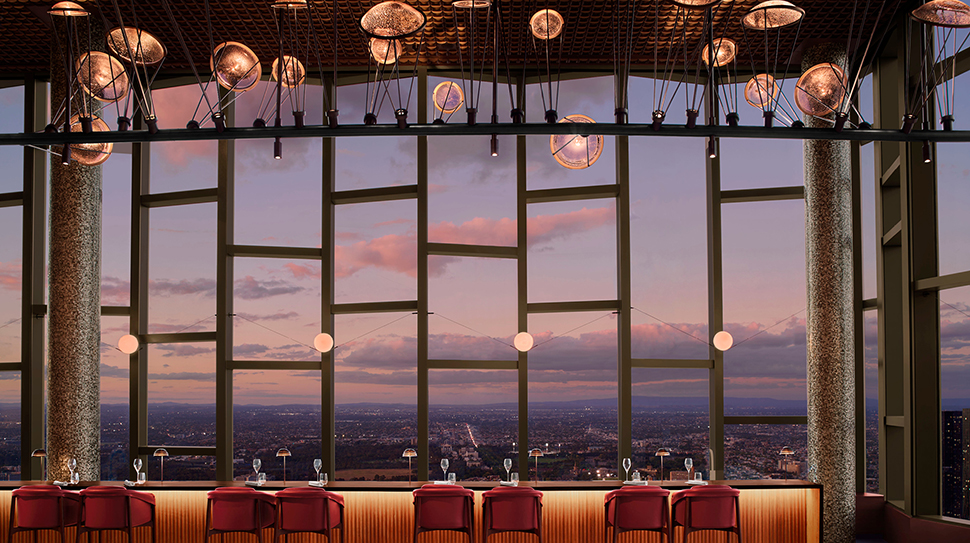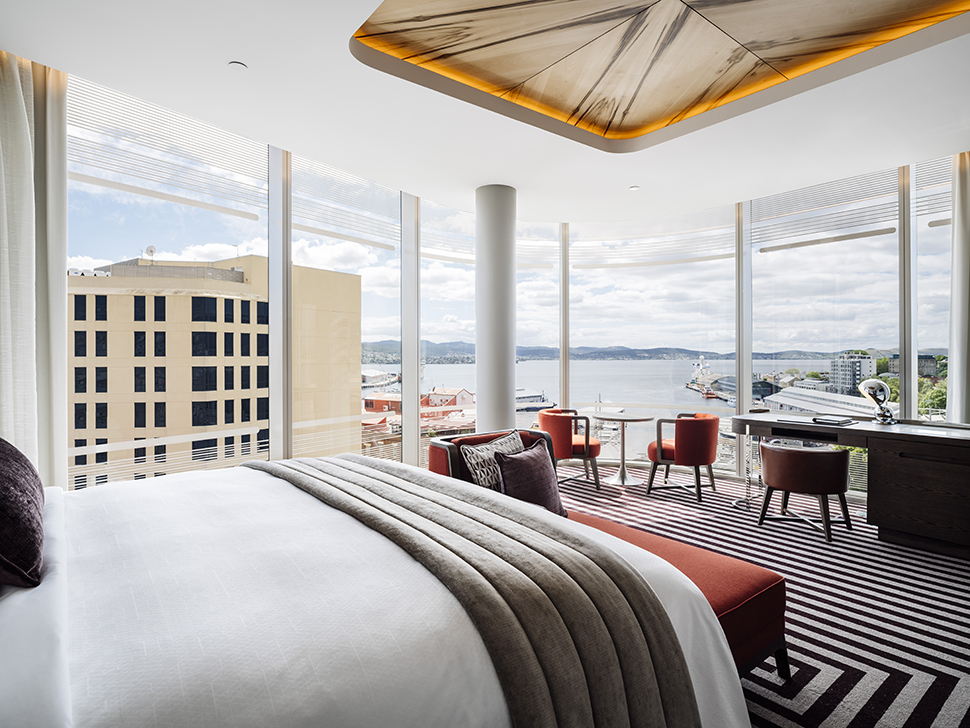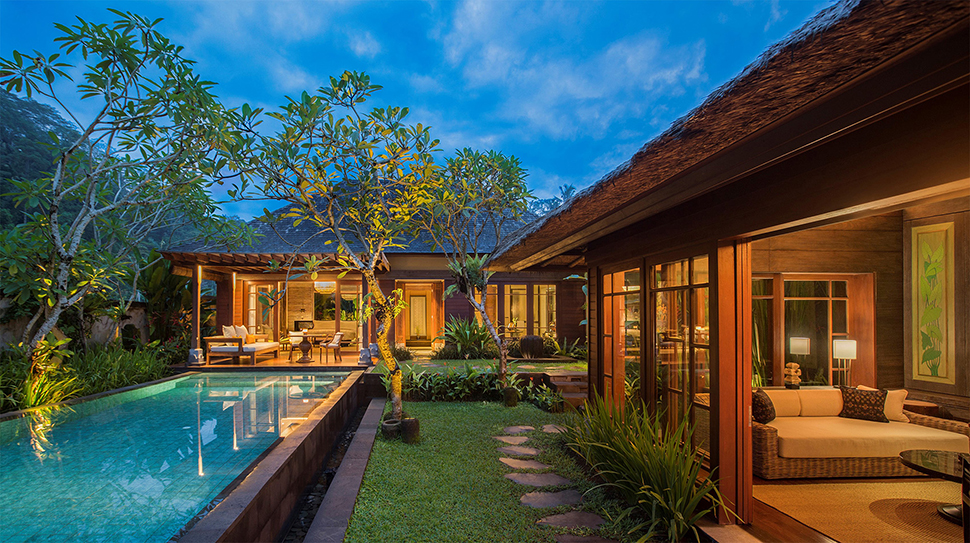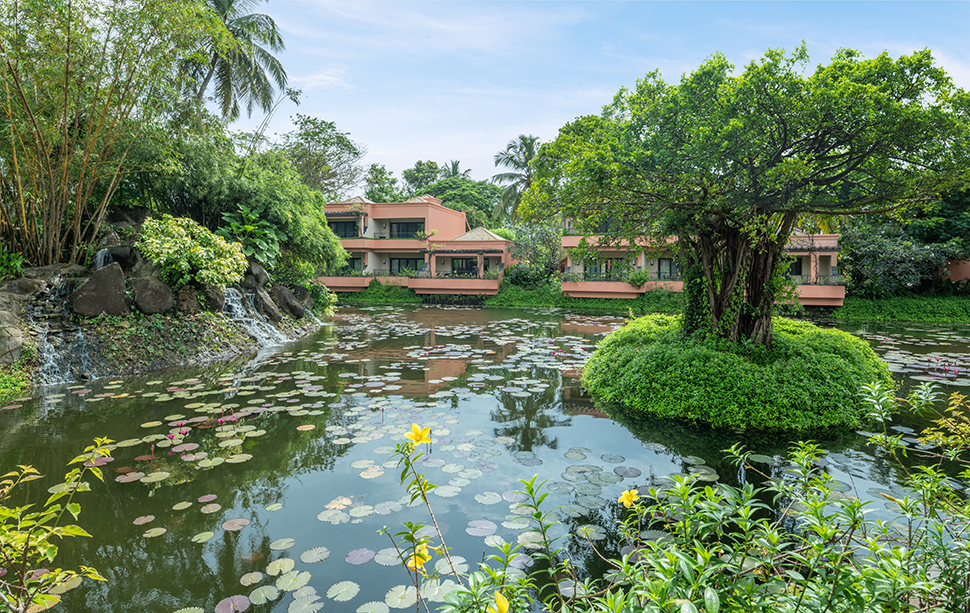

Australia landed at the top of the list of the hottest destinations among luxury travelers in Asia Pacific, according to a new report from Marriott International Luxury Group.
The survey also put data behind other big travel trends in the region, including 91% of respondents saying safety is important for a luxury experience. Fine dining is a major travel draw, with 88% planning trips around food. And Indians emerged as significant drivers of growth in luxury travel, with 89% looking to spend more on their average of six vacations in the next year.
Popular Destinations
The report surveyed high-net-worth individuals in Australia, Singapore, South Korea, Japan, Indonesia and India, finding a robust 74% planning intra-regional travel in the next 12 months. Australia took the top spot as the most popular destination among 46% of respondents. Japan was close behind at 42%, with Hong Kong at 27%.
Oriol Montal, managing director of Luxury, Asia Pacific (excluding China) at Marriott International, initially found Australia’s pole position surprising. But when he dug into the other findings, he understood the appeal. “We know that luxury travelers are looking for phenomenal hotels, and over the past few years, Australia has been opening great hotels in different destinations,” Singapore-based Montal said.
Marriott is poised to take advantage of the trend, having expanded its footprint on the continent with the notable 2023 openings of The Ritz-Carlton, Melbourne, Australia’s tallest hotel at 80 stories, and W Sydney, a 588-room hotel that’s the largest in the W portfolio.

“One of the things that we saw in that study is the growth and interest in nature, culture and as well,” he said, highlighting the fact that 84% of those surveyed said that being immersed in nature was important when traveling, and 76% said they wanted to see wildlife. “Australia is a paradise for nature and wildlife.”
Another reason travelers want to go Down Under: 77% said they’d likely take part in a cultural event while traveling and 82% want to see a city’s distinct architecture and design (the latter figure jumps to 92% for Indians). As an example of Australia’s many cultural draws, Montal mentioned MPavilion, a yearly project that invites leading global architects to design a meeting place for Melbourne’s Queen Victoria Gardens. After the structure debuts, there’s a free five-month design festival, and then the venue is relocated to a permanent place in the city. In 2022, MPavilion drew 350,000 visitors.
Under-the-radar Tasmania, in particular, should make the list of those who prize great culinary travel, said Montal, who went there for the first time last year. “Spending time driving a car and visiting wineries, connecting with those entrepreneurial young persons [experimenting] with the food, wine and whiskey was an incredible learning [experience].”

Travel Motivators
Gastronomy ranked as the No. 1 factor when planning a trip, with 88% calling it “important” and 40% calling it “very important.” High-net-worth Indians are the epicureans of the region, with 55% of respondents rating it as “very important.”
In addition, 81% select a hotel based on fine dining options and 83% choose a destination so they can visit a critically acclaimed restaurant. Indeed, 82% define “luxury” as being able to dine in award-winning restaurants.
Montal said these diners seek out culinary-driven hotels like The Ritz-Carlton, Osaka and The Ritz-Carlton, Millenia Singapore, which have received top accolades for their respective French restaurant La Baie and Cantonese outlet Summer Pavilion. “That is something that those guests are looking for, but I would say that the experiential part is very important as well,” he said.
While there is a strong demand for fine dining options, guests also crave other immersive culinary experiences. It’s prompting hotels to get creative with their offerings. He pointed to The Ritz-Carlton Maldives, Fari Islands’ Masters of Crafts, a program launched in 2023 that brings prominent chefs and bartenders to the archipelago for short stints. Chef Bruno Verjus, who helms Paris’ popular Table restaurant, will visit July 27 to Aug. 3 to share his French cuisine with guests but also offer a cooking masterclass. And Pam Soontornyanakij, who was named Asia’s Best Female Chef for 2024, will bring her Thai-Chinese fusion to the resort Aug. 10 to 12 for Chinese Valentine’s Day.
Montal added that travelers looking for a premier culinary destination flock to The Ritz-Carlton, Tokyo. “They keep reinventing their food and beverage offering,” he said. After achieving success in Paris, Nagano native chef Kei Kobayashi returned to his home country to debut Héritage, his new French restaurant within the Five-Star hotel. There’s also Hinokizaka, which focuses on the different elements of Japanese cuisine, from sushi to teppanyaki, and uses local ingredients, and The Bar, an upscale lounge that made the 50 Best Discovery list.

Wellness also inspires Asia-Pacific travelers to hit the road: 80% of respondents say a wellness retreat is a motivating factor to travel this year, and the number increases to 86% among the 26-to-34 set. They are heading to places like Bali. Bvlgari Resort Bali, he said, caters to this crowd with a distinctive service: instead of signing up for scheduled wellness classes, you can request them whenever needed. Another Bali wellness option is Mandapa, a Ritz-Carlton Reserve, which launched the Disconnect to Reconnect program that helps you unplug from your digitally driven day-to-day to help you focus and regain a sense of purpose.
Thailand is another renowned wellness destination, he said. There, JW Marriott Khao Lak Resort & Spa goes beyond the spa to add wellness with the JW Garden, a sanctuary open to guests where fresh produce and herbs are grown for the onsite restaurants and bars. It’s an amenity found at all JW Marriott hotels, but Khao Lak elevates it to the form of a working farm nestled alongside a park.
Across the region, multigenerational families and friends are also traveling together to mark a milestone, like a birthday, wedding or religious holiday, with one in four planning a celebratory trip (it rises to 33% among Indians). In Singapore (26%) and India (28%), there’s a trend of a married parent taking a child on vacation to bond and share a love of travel. The report found that affluent travelers see kinship and connection within a group — be it family or friends — as enriching the travel experience.

“[Group celebratory travel] has been very important always in Asia Pacific,” Montal said. “There was a rise post-pandemic. I would have thought that it would go slightly lower, but surprisingly, it continues being top of mind of the luxury travelers of this part of the world.” As a result of the rise in celebratory group travel, Montal said Marriott’s hotels have seen an increase in buyouts, more requests for larger villas and more demand for in-villa dining with private chefs.
“We are now in the process of doing the entire renovation of the W in the Maldives, and we will adapt to those needs, transforming some of our one-bedroom villas to two-bedroom villas because we see that this type of travel is here to stay,” he said.
Traveling in a group also promotes a sense of security, a critical component for these globetrotters — 91% said safety and protection are important for a luxury experience. “When we are talking about feeling safe, it will be all angles: it will be privacy, food safety, data protection, that I can trust that hotel and based on that I can fully relax and disconnect,” Montal said.

New Types of Travelers
The report identified three new categories of luxury travelers. The “venture travelist” is an evolution from the bleisure (a blend of business and leisure) tourist. But instead of visiting destinations to do business, they go to generate new business. Montal said he sees this entrepreneurial-minded ethos often among younger generations in Indonesia, India and Singapore. “They always have like two or three businesses,” he said. “They travel and they are always looking for opportunities.”
Another new category offered up by the report is the “experience connoisseur,” mostly millennials, who travel for their well-being, both mental and physical. Montal said they head to places like Goa, India, for personalized, one-of-a-kind experiences, like learning a new skill or practicing wellness at a yoga retreat.
Finally, “timeless adventurers” are seniors who want to immerse themselves in a destination, not through touristy attractions but with activities and culture that can only be found in the city. These travelers want local restaurants and shopping and little-known destinations like Indonesia’s Labuan Bajo, he said.
8 Facts About Asia-Pacific Luxury Travelers
- 88% pick a holiday destination based on discovering a new food or culinary experience.
- 89% of high-net-worth Indians plan to spend more on trips, making them the most active and engaged group in the region.
- 84% say being immersed in nature is an important travel motivator, and 76% want to see wildlife.
- 88% expect total privacy while on vacation.
- 80% say a hotel’s sustainability and environmental practices are a consideration when deciding where to stay.
- 80% say a property’s wellness facilities are an important factor in choosing a hotel.
- 72% will travel to attend a high-profile sporting event or concert.
- 82% want to see a city’s distinct architecture styles and design highlights.
